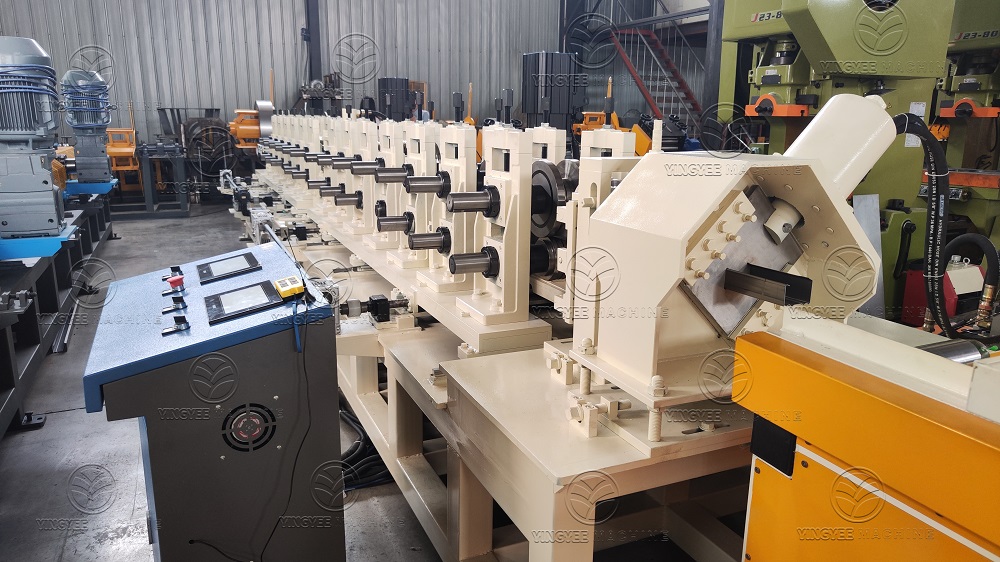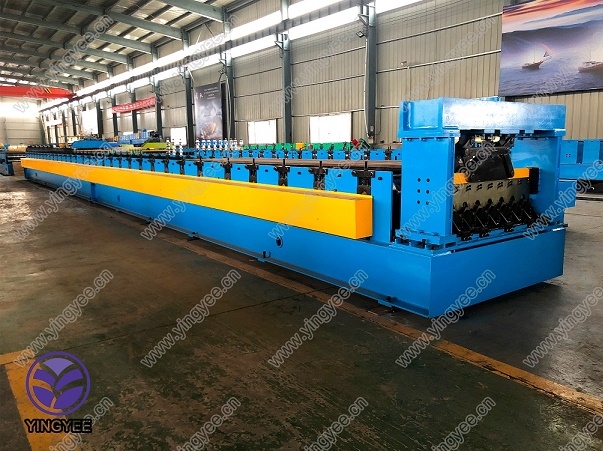

(cold forming steel process)
Over the past several decades, the cold forming steel process has become an indispensable element of modern metalworking industries. Developed as an energy-efficient answer to traditional hot working techniques, this process uses room-temperature deformation to reshape steel without the need for substantial heating. As a result, it preserves the material's internal structure, minimizes thermal distortion, and delivers extraordinary mechanical properties. According to recent research by the World Steel Association, cold-formed steel accounts for approximately 22% of structural steel production worldwide, underscoring its accelerating adoption across automotive, construction, and manufacturing markets. The following sections provide a structured analysis of the processes, benefits, technology differentiation, and real-world applications that define the contemporary landscape of cold-formed steels.
At the heart of the cold forming steel process lies the cold roll forming process, a method utilizing successive, precisely engineered rollers to generate metals with complex, uniform cross-sections. This technique enables manufacturers to produce lightweight, high-strength profiles with superior dimensional accuracy. Most importantly, cold roll forming operates at ambient temperatures, thereby eliminating the risks associated with residual stress cracking and grain growth often found in hot-rolled counterparts. The result is reduced processing energy—reportedly up to 60% lower than traditional hot rolling—as documented by the European Committee for Iron and Steel Standardization. Furthermore, innovations in automation and CNC control systems have streamlined the setup and changeover times, ensuring batch-to-batch consistency and scalability for large-volume production.
To further maximize production efficiency, manufacturers often integrate the steel slitting process with cold roll forming. Slitting transforms master coils into narrower strips suitable for precise forming, allowing downstream processes to match exact product specifications. This synchronization leads to minimal material wastage—yield improvements of up to 10% have been recorded in plants employing an integrated approach. By combining accurate slitting with high-speed forming, the overall cycle time is reduced, while product variability is kept to a minimum. This harmonized workflow not only drives down costs but also enhances the flexibility of product portfolios, making it easier to adapt to market fluctuations and bespoke customer demand.
Advances in the cold forming steel process offer quantifiable benefits across multiple metrics. Compared to hot forming, cold-formed components typically exhibit a 20–25% increase in yield strength due to strain hardening, based on a study conducted by the American Iron and Steel Institute. Additionally, surface finishes are markedly improved, with surface roughness values often below 0.8 μm Ra, making these components ideal for exposed architectural or automotive uses. Surveys show energy consumption per tonne is halved versus non-automated hot rolling lines, resulting in more sustainable factory operations.
| Process | Yield Strength (MPa) | Surface Roughness (μm Ra) | Energy Use (kWh/tonne) | Material Yield (%) |
|---|---|---|---|---|
| Cold Forming | 400 - 600 | ≤ 0.8 | 320 - 386 | 97.5 |
| Hot Rolling | 320 - 460 | 1.5 - 3.5 | 600 - 720 | 87 - 90 |
| Integrated Slitting & Cold Forming | 410 - 615 | ≤ 0.8 | 305 - 370 | 98.2 |
These improvements not only reduce total cost of ownership for production lines, but also contribute to improved environmental performance and lower carbon footprints. High-precision cold-formed products are now integral in critical applications, including seismic-resistant construction and next-generation electric vehicle frames.
Selecting the optimal vendor for cold forming solutions demands a thorough comparison of technological capabilities, output quality, scalability, and after-sales support. Below is a data-driven comparison of three global leaders.
| Manufacturer | Production Capacity (Tons/Year) |
Max Line Speed (m/min) |
CNC Integration | After-sales Network |
|---|---|---|---|---|
| Voestalpine AG (Austria) | 980,000 | 110 | Full (Industry 4.0) | Global (64 countries) |
| Worthington Industries (USA) | 850,000 | 98 | Partial | North America & Europe |
| Baosteel Group (China) | 1,120,000 | 125 | Full (AI-based QC) | Asia, Africa, Americas |
Voestalpine is recognized for its early adoption of end-to-end digitalization, while Baosteel leads in AI-enhanced quality control. Worthington Industries focuses on modular lines adapted to the specific needs of regional markets. The depth of after-sales networks and the sophistication of CNC integration are increasingly decisive factors for clients looking to reduce downtime and maximize efficiency.
With diverse industries relying on complex geometric steel profiles, customized cold forming solutions have become crucial. Many leading suppliers now offer full design simulation services, prototyping, and small-batch pilot runs to ensure optimal profile performance before mass production. Modular tooling and rapid die change systems allow for production of tailored shapes on demand, while bespoke slitting processes enable use of non-standard coil dimensions, reducing material costs. For instance, in the aerospace sector, custom wing frame profiles produced through integrated slitting and forming reduced final assembly weight by 7% without sacrificing strength. These agile manufacturing paradigms make it possible to deliver both high-volume standard products and low-volume, highly engineered solutions for critical applications.
The practical advantages of cold forming technology are best illustrated in concrete applications. In the construction sector, high-rise buildings in seismic zones have adopted cold-formed steel studs for their exceptional shear strength and ductility, reducing building mass by over 15% compared to welded steel assemblies. In the automotive industry, integrated cold roll forming and slitting enabled Ford Motor Company to decrease production time for side-impact beams by 30%, while maintaining a zero-defect rate. Renewable energy projects have also benefited: wind turbine tower manufacturers reported a 20% improvement in process throughput and a reduction in surface treatment requirements, resulting in $500,000 annual savings for a single 50-turbine installation. These cases demonstrate how data-backed process integration leads to measurable competitive advantage, energy savings, and improved bottom-line performance across sectors.
In sum, the cold forming steel process and its associated technologies such as cold roll forming and steel slitting are transforming the efficiency, precision, and adaptability of metal fabrication worldwide. By leveraging continuous innovation, improved data analytics, and versatile production strategies, manufacturers are now able to engineer solutions that meet the rigorous standards of today’s high-performance markets. The synergy between integrated processes and customization is set to drive further advancements—poised to meet evolving demands for sustainability, rapid scalability, and cost optimization in industries encompassing construction, transport, and beyond.

(cold forming steel process)